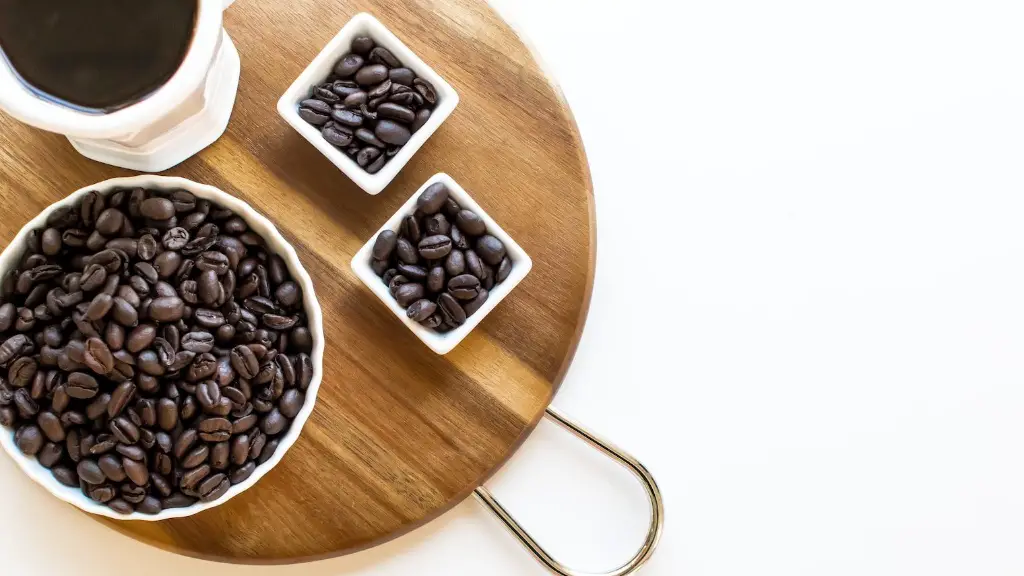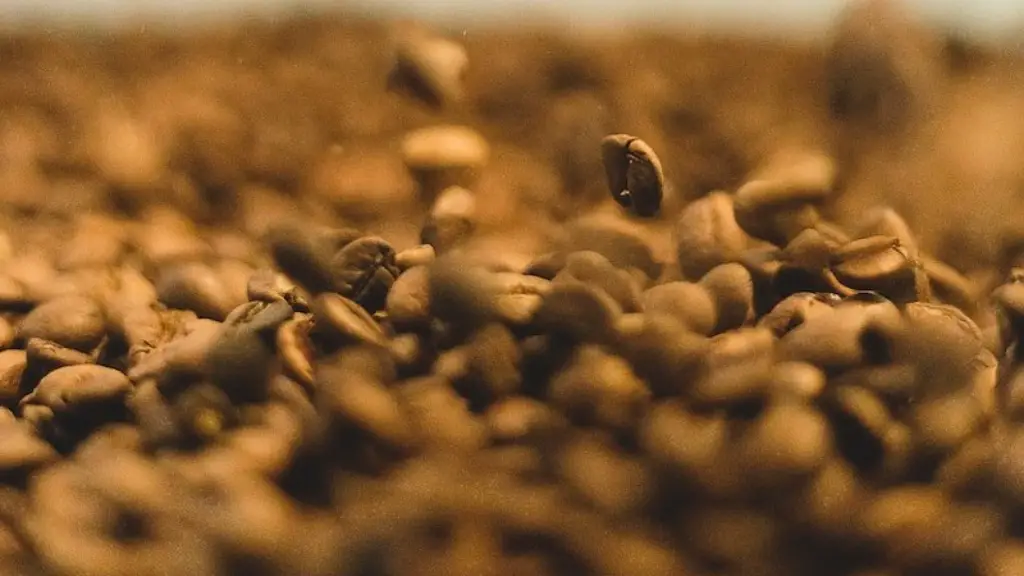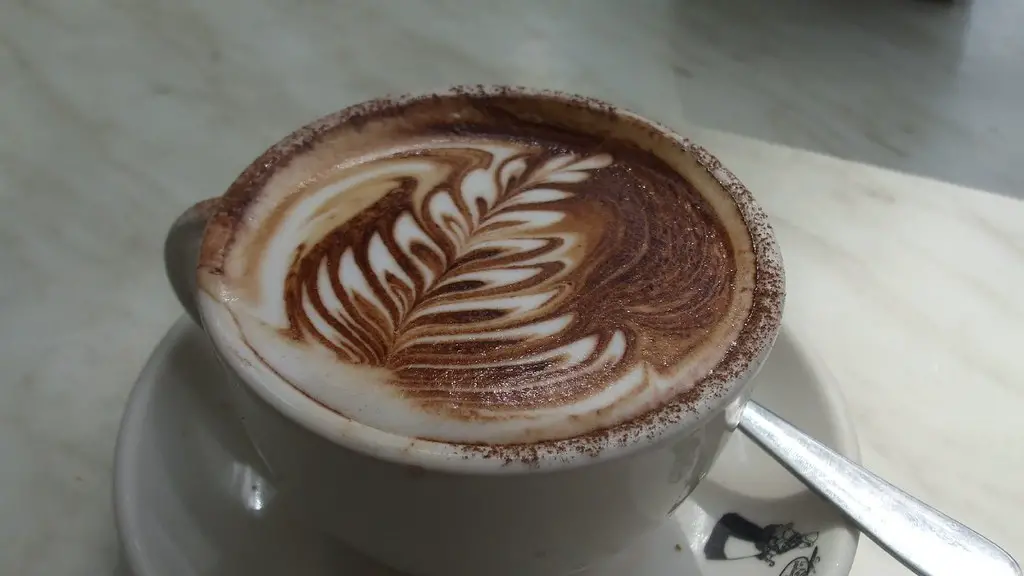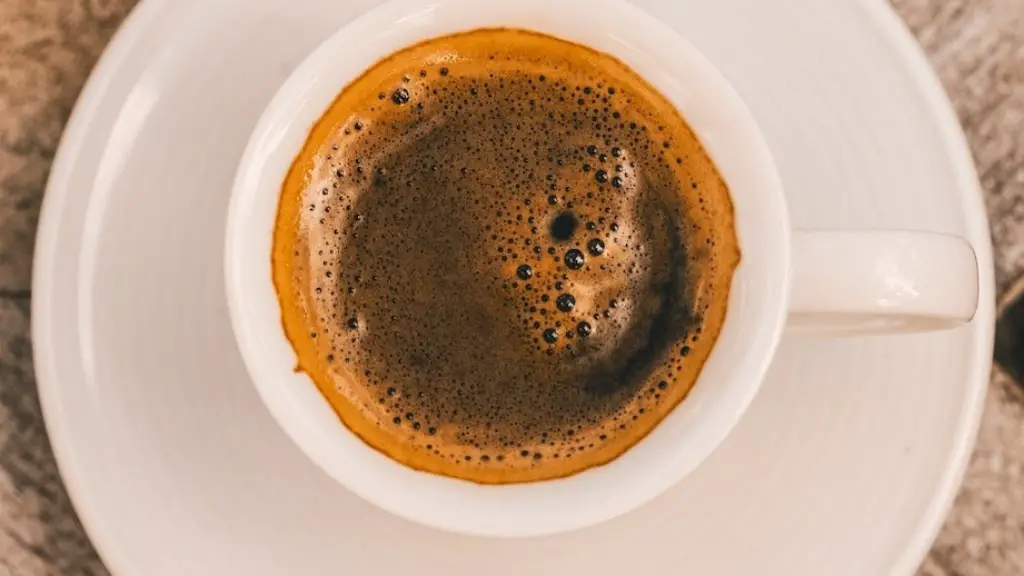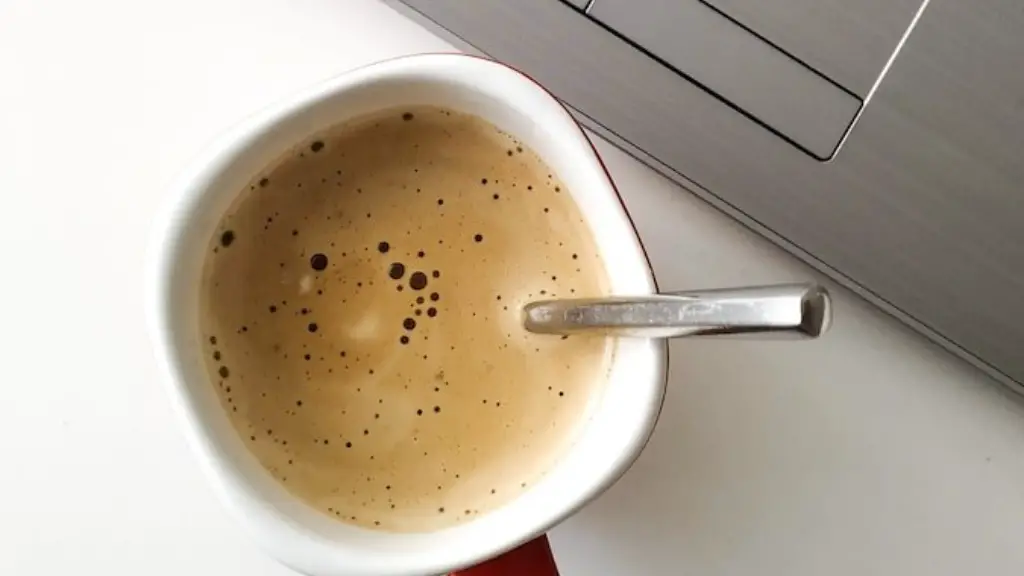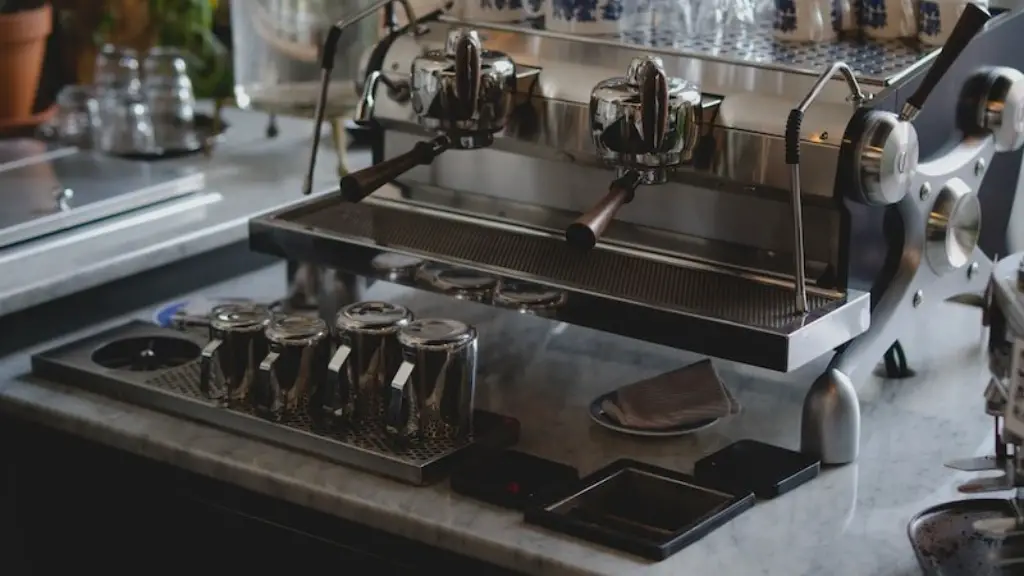Flavored coffee beans are made by adding natural or artificial flavors to coffee beans before they are roasted. The flavors can be added to the beans before or after they are roasted. The most common flavors used to flavor coffee beans are vanilla, caramel, and hazelnut.
Flavored coffee beans are typically made by combining natural and/or artificial flavors with coffee beans. The flavorings can be added during the roasting process, or afterwards.
How do you make flavored coffee beans?
There are a few things to keep in mind when flavoring coffee beans:
1. Select a blend of beans with the right flavor profile to perfectly accent a desired flavor.
2. Select a highly concentrated syrup of the highest quality to infuse into the coffee beans.
3. Add whole beans straight from the roaster while they are still warm into a mixer.
There is a growing concern over the health dangers that flavored coffee could cause because most of these flavors use a chemical solvent carrier named propylene glycol. A typical liquid flavor may contain as much as 85% propylene glycol. So, yes, flavored coffee can be bad for your health.
How do you flavor coffee beans naturally
Coffee is a popular beverage enjoyed by people all over the world. Common coffee additives found the world over are spices like cinnamon, nutmeg, and clove. Other spices such as cardamom can be used as well. Spices can be added at a variety of stages, whether soaking alongside the beans, being roasted alongside them, or being added after the brewing process itself. Adding spices to coffee can enhance the flavor and aroma of the drink, making it more enjoyable to consume.
Flavored oils are used to enhance the taste and aroma of coffee. Natural oils are extracted from sources such as vanilla beans, cocoa beans, and various nuts and berries. Cinnamon, clove, and chicory are also used in a variety of coffee flavors. Synthetic flavor agents are chemicals which are manufactured on a commercial basis.
How does Starbucks flavor their beans?
Starbucks coffee is some of the most popular coffee in the world. The coffee beans that Starbucks uses are roasted to a dark color, which brings out their natural sweetness and oils. This gives Starbucks coffee its signature flavor that many people love.
Starbucks flavored coffees use the same process as black coffee, with one key difference: premium natural flavor is added to the beans after roasting. This results in a coffee with a perfect balance of flavor and no artificial flavors.
Is flavored coffee full of sugar?
Flavored coffee does not have sugar. The flavoring is from an extract and does not contain sugar. The only time that flavored coffee would have sugar is if syrup or milk is added after brewing.
If you’re looking for the healthiest coffee in the world, look no further than Pure Kopi Luwak. This coffee is made from the beans of coffee berries that have been eaten and digested by the Asian palm civet.
Not only is Pure Kopi Luwak the healthiest coffee around, but it’s also said to be the most delicious. coffee lovers around the world rave about its unique flavor and aroma. So if you’re looking for a healthy and delicious coffee, Pure Kopi Luwak is the way to go!
Does flavored coffee have additives
When you’re drinking flavored coffee, you’re not only getting bad coffee—you’re also getting a dose of synthetic flavors. These flavors often contain a mix of chemicals that can include a long list of things you can’t pronounce, as well as manufactured additives like propylene glycol. Propylene glycol is also used in aircraft de-icer, so you’re basically drinking de-icer when you drink flavored coffee. Not only is this bad for your health, but it’s also bad for your coffee. Stick to plain coffee for the best flavor and the least amount of chemicals.
If you’re a fan of whole bean coffee, try storing your beans with whole spices like nutmeg, cloves or cinnamon sticks. By doing this, the spices will gradually infuse directly into the beans, giving them a more pronounced flavor the longer they’re kept together.
Can I flavor my own coffee?
To make coffee creamer, you will need 1 cup powdered non-dairy creamer, 1/2 cup of sugar, and 1/2 cup of instant coffee granules. Simply combine all ingredients in a blender or food processor and blend until smooth. Store in an airtight container in the fridge for up to 2 weeks.
The process of adding flavoring oils to coffee beans is known as “oiling.” This is done to add flavor and character to the coffee. The oil is sprayed onto the roasted coffee beans while they tumble in a large mixer for an average of 15 to 30 minutes. After the beans are evenly coated, they are allowed to sit for about 30 minutes. This allows the roasted beans toabsorbed the flavoring oils.
Where do flavor notes in coffee come from
Coffee is one of the most popular drinks in the world and there are many different ways to enjoy it. The flavors of coffee come from the beans themselves and the way they are roasted. The type of coffee bean and the roasting process used can affect the flavor of the coffee. Different coffee beans have different inherent flavors that are affected by the growing conditions and processing methods. The roast level of the coffee bean can also affect the flavor. Darker roasted beans tend to have a more intense flavor, while lighter roasted beans tend to be more mellow. How the coffee is brewed can also affect the flavor. Different brewing methods can extract different flavors from the beans.
There are many different factors that can affect the flavor of coffee. The best way to explore different flavors is to experiment with different coffee beans, roasting levels, and brewing methods.
Hazelnut flavored coffee is created by adding natural or synthetic oils to low quality coffee beans. The coffee is often low grade because it is harshly affected by many defects or has been left to age for a significant amount of time. This can sometimes take months or even years.
Where do Flavour notes in coffee come from?
Different fermentation and roasting process create various chemical compounds within coffee beans. Some of these compounds are similar to those found in other fruits and foods. For example, when you taste a hint of orange in coffee, you are likely tasting a citrus flavour compound that also exists in oranges. This shows that the different processes used to produce coffee can have a big impact on the final flavour of the coffee.
Our 100% Arabica coffee is the perfect way to start your day or enjoy a afternoon pick-me-up. Our coffee is available in K-Cup® pods, bags and cans in a variety of blends, so you can find the perfect taste for your palate. Whether you like your coffee black or with a little cream and sugar, you’ll be able to enjoy a delicious cup at home with our coffee.
What is the secret ingredient in Starbucks coffee
Xanthan gum powder is a common food additive that’s used to thicken and prevent ingredients from separating, like ice cream, salad dressing, yogurt, and spreads. Use regular white, granulated sugar or cane sugar.
Adding aromatics to your dish is a great way to build flavor. Some fresh herbs like rosemary, sage, bay leaves, and thyme can really give your dish a flavor boost. Adding a little salt to the dish after it has been simmering for about an hour can also help to bring out the flavors.
Final Words
Flavored coffee beans are made by combining natural or artificial flavors with coffee beans.
Flavored coffee beans are made by adding various flavorings to the beans before they are roasted. This can be done either by soaking the beans in a flavored syrup or by spraying them with a flavored oil. The beans are then roasted as usual and ground before being brewed.
